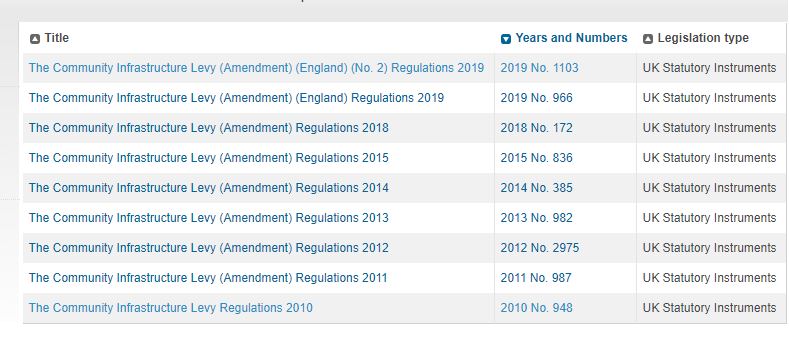The Planning Act 2008 (as amended) and the Community Infrastructure Levy (CIL) Regulations 2010 (as amended) provide the powers for local planning authorities, or “charging authorities”, to choose to develop and charge a CIL on development in their area. It also sets out the legal tests on the use of S106 planning obligations.
The CIL regulations have been amended almost every year since they were first introduced in 2010. The Government are aware of the demand for consolidated regulations to be brought forward and this is something that will hopefully be brought forward in the future.
Copies of the regulations made to September 2019 are available on the Governments legislation pages.
The regulations set out the legal requirements for:
- Setting a CIL;
- Calculating and charging CIL;
- Making available reliefs and exemptions for CIL;
- How CIL should be spent – including for parish councils and neighbourhood areas;
- Enforcement of CIL;
- The tests for the use of S106 planning obligations; and
- Charging for administrative expenses for CIL and s106.
Further guidance to support the legislative requirements of CIL and S106 planning obligations is provided through the Governments Planning Practice Guidance.
During the autumn 2019 we ran a series of workshops around the country with MHCLG on the September 2019 reforms to developer contributions. This included the amendments to the Community Infrastructure Levy regulations, updated Planning Practice Guidance the role of Infrastructure Funding Statements and how CIL and S106 should work together. The presentation materials can be accessed here and provide a useful summary of the most recent amendments and what they mean for your council.

